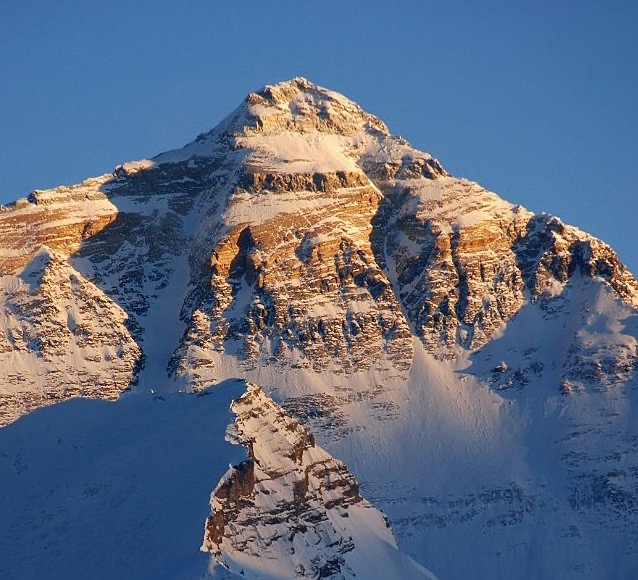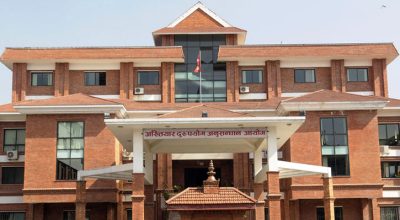
Kathmandu, Dec 26: Seven Summit Treks, a prominent Kathmandu-based trekking and expedition company, is organising the Everest expedition from the North Side in Tibet in the year 2024 (April/May). The expedition is taking place after a break of four years for mountaineering teams.
The Northern approach to Everest holds years long legacy and struggle for the evolution of mountaineering. In the first expeditions from 1921 to 1927, nine expedition attempts to Everest have been recorded. Also known as the North Col or North Ridge, the route is considered relatively challenging due to various factors including bad weather conditions, technical difficulties and geopolitical factors.
SST has assured that aspiring climbers will be guided by experienced Sherpa team, apart from managing required logistics and supplies at base camps and higher camps ensuring utmost comports and safety. The guides managed by SST have excellent experience and knowledge of the mountains with a proven safety record, said SST chairperson Mingma Sherpa.
The seats are limited as SST will have exclusive permission to Tibet, he added.
Mt Everest
Standing tall at 8,848.86m (29,031.7 feet), Mt Everest is the world’s highest peak, located in the Mahalangur Himal of sub-range of the Himalayas on the border of Nepal and the Tibet Autonomous Region of China. So far, over 6000 people climbed the peak, and as of November, 2022, 310 climbers have died on it.
The mountain is known by different names in different languages; it is called ‘Sagarmatha’ in Nepal, and ‘Chomolungma’ in Tibet. It got the name ‘Mount Everest’ given by the British in the 19th century in honour of Sir George Everest, then Surveyor General of India.
Sir Edmund Hillary of New Zealand and Tenzing Norgay Sherpa of Nepal were the first to stand atop the mountain. The feat was achieved on May 29, 1953 as part of a British expedition led by Colonel John Hunt.
The South Col and the North Col are two primary climbing routes on Everest with the South Col starting from Nepal being more popular.
Climbing the mountain involves extremely challenging and dangerous efforts due to its extreme altitude, harsh weather conditions, crevasses and avalanches. Climbing requires careful planning, physical and mental fitness, and mountaineering skills.
The elevation of above 8,000m on the mountain is known as the ‘Death Zone’ due to thin air making it extremely challenging for the human body to function.
Climbers face increased risk of health problems including altitude sickness, and hypothermia.











